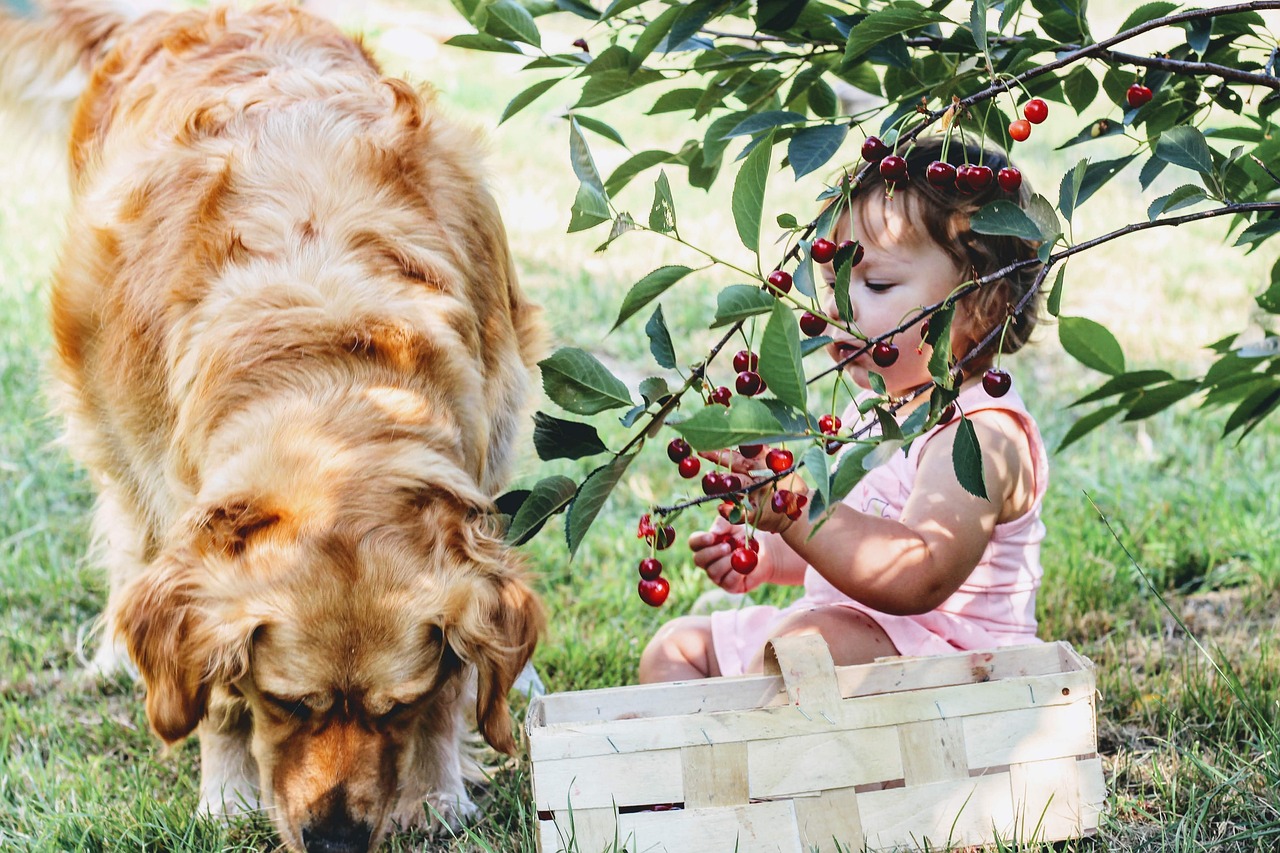Humans and dogs both have their own ways of dealing with sad situations. Just like humans, dogs exhibit different behaviors when they are feeling depressed or sad. One indication that your dog may be sad is if they start sleeping more than usual. Normally, dogs sleep for about 12 to 14 hours a day, but if your furry friend is sleeping significantly longer, it could be a sign of sadness.
Another common reaction to sadness in animals is a decrease in appetite. If you notice that your dog is eating less than usual, it is likely that they are feeling sad about something. Dogs may also become more withdrawn and hide when they are feeling sorrowful. If you find your dog spending more time hiding under furniture or in secluded areas like closets or basements, it is a strong indication that they are emotional about a particular event.
A decrease in interest in energetic activities is another warning sign that your dog may be sad. Many dogs are naturally playful and enjoy games like tug of war, Frisbee, or hide and seek. If your dog starts showing disinterest in these activities, it is likely that they are experiencing feelings of depression. In conclusion, if you observe any significant changes in your dog’s behavior, it is important to recognize that something may be wrong.
Understanding your dog’s emotions and behavior is crucial for building a strong bond with them. By being aware of their happiness, excitement, fear, anxiety, and sadness, you can provide the support and attention they need. Remember, ignoring their emotions can lead to aggressive behavior. Dogs are loyal, affectionate, and protective, so it is essential to give them the attention they deserve when they are in need.

